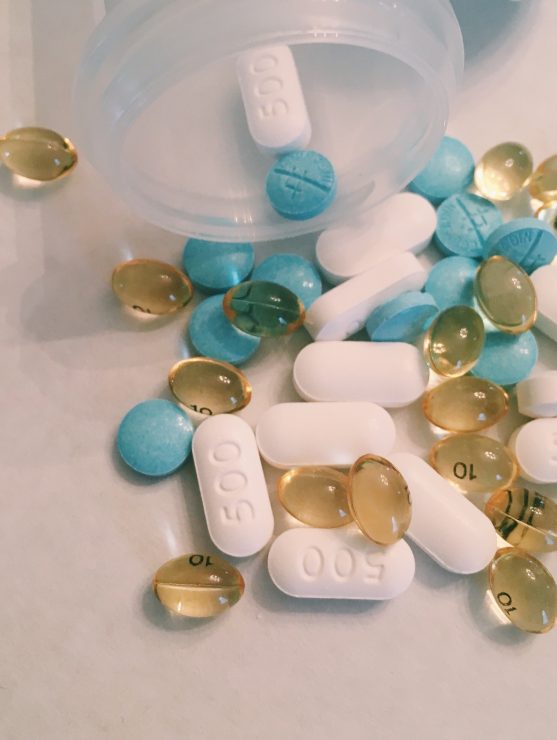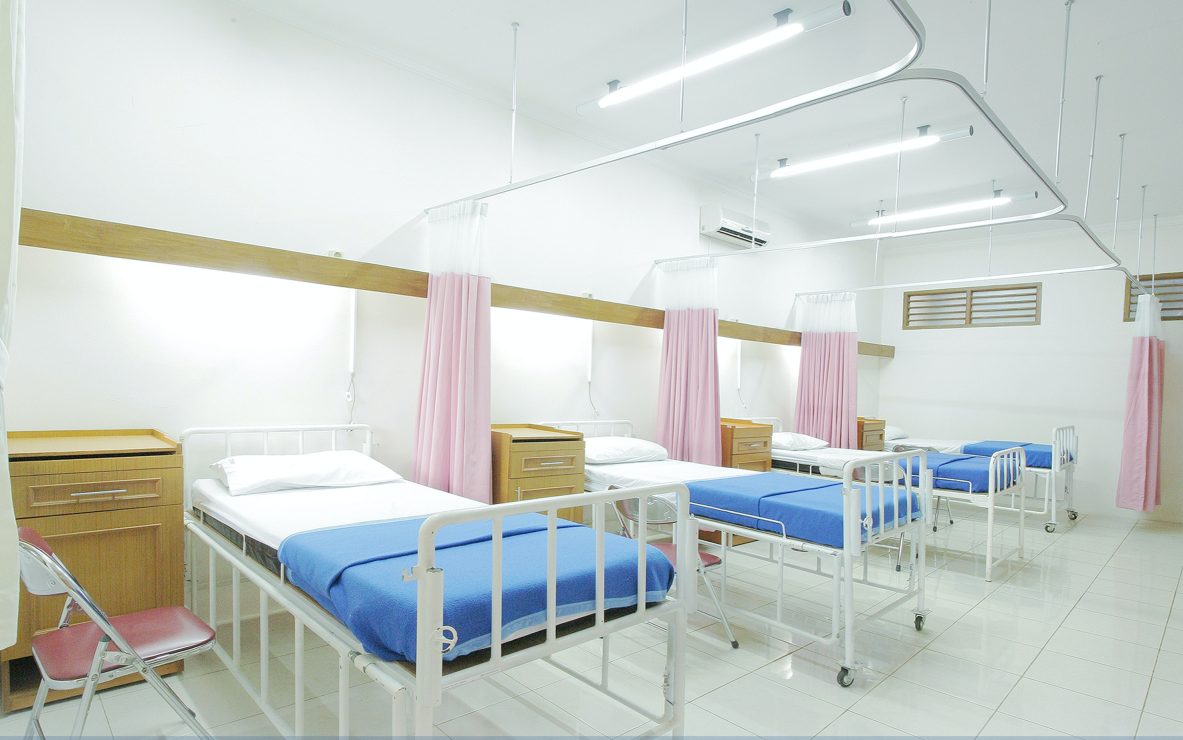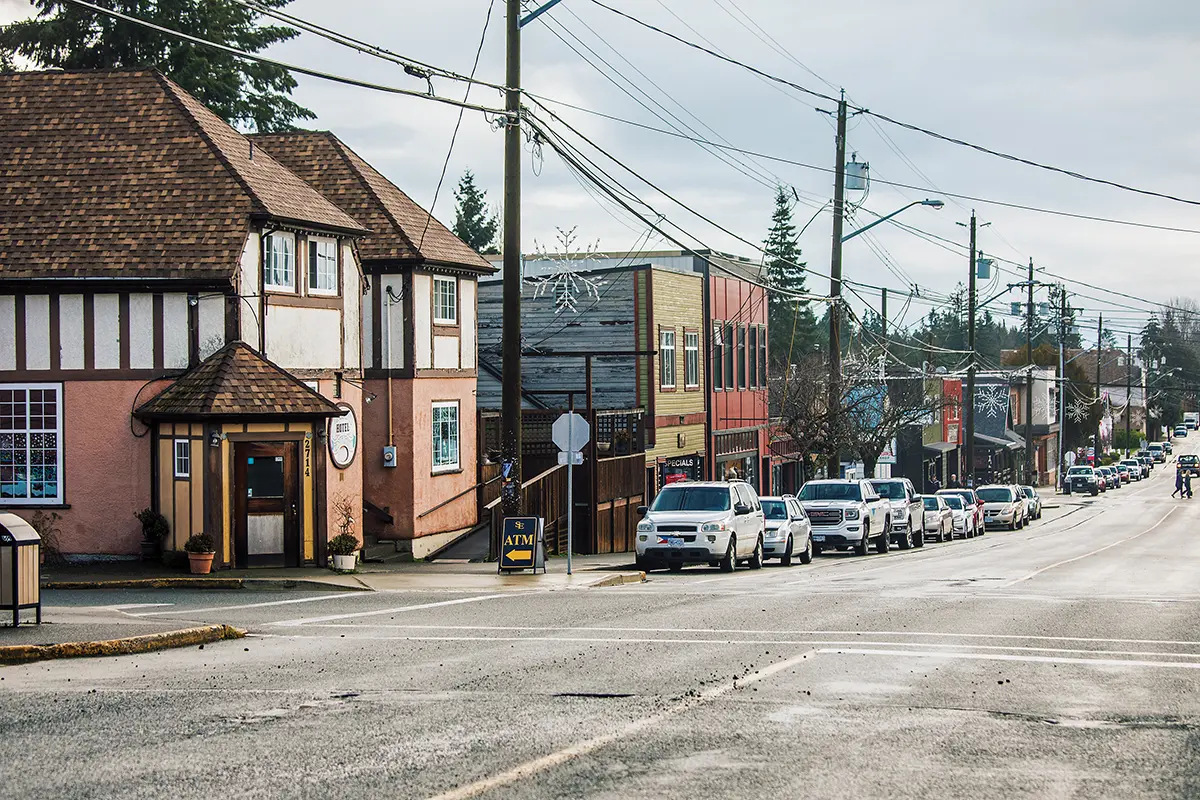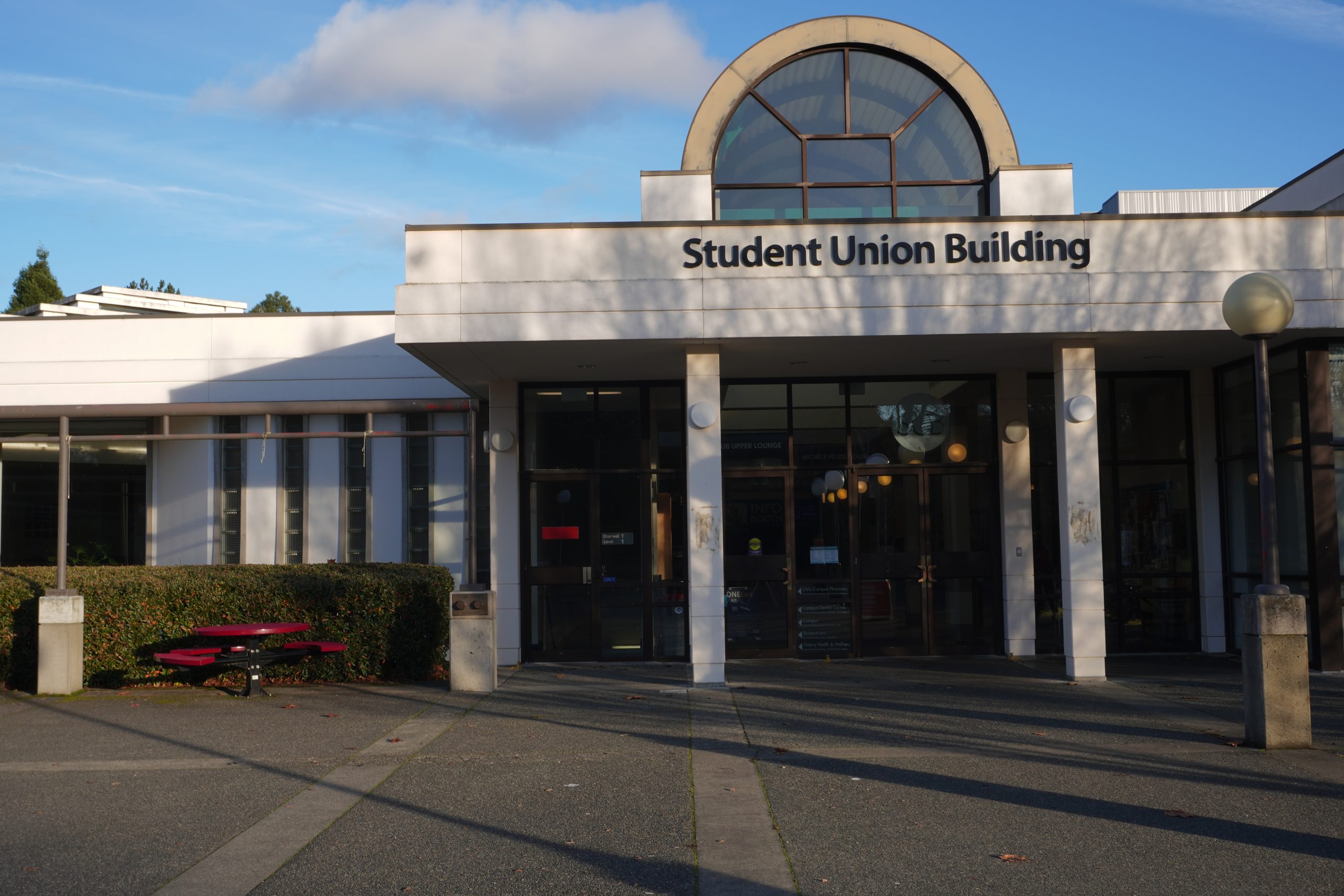Why people in addiction recovery in Victoria need more options than 195 newly-funded beds

Illustration by Sie Douglas-Fish.
CW: This article discusses substance use.
It was a Wednesday evening in December. Dylan Samuels was riding his bike home from a floor hockey game when he saw a figure on a bike looming on the sidewalk up ahead.
As a recovering addict and outreach worker at the Royal Jubilee hospital in Victoria, Samuels had grown used to seeing people at different stages of their addictions and recovery. However, this experience didn’t prepare him for the moment he realized that the person in front of him was his best friend in need of help.
“Earlier in the day I had contacted him. I kept telling him, ‘Come to the hospital, come to the hospital, I’ll take care of you, get you into treatment,’” said Samuels, whose name has been changed upon request due to the personal nature of this story.
That night, Samuels was finally able to take the first step toward getting his friend help.
After convincing him to ride his bike with him for a couple of blocks, Samuels helped his friend get into the hospital and stayed with him over the following weekend. His friend then went onto New Roads to work toward his recovery.
The toxic drug crisis in B.C. is an issue that consistently makes headlines. According to a report published by the British Columbia Coroners Service, 2 383 people died from suspected drug toxicity in 2022. The Greater Victoria Area had the third highest number of deaths, at 171.
To combat this, the provincial government has pledged 195-newly funded beds to be placed in different treatment centres across British Columbia. Ninety-five beds will go to the Vancouver area with 45 at St. Pauls hospital and 50 to Providence Health. The other 100 beds will be dispersed around the province.

Photo by Pina Messina via Unsplash.
Getting into treatment
Even though Samuels has been able to support others in their recovery, it took a lot of strength to seek help himself.
In 2020, Samuels went through his first experience in treatment. He came to the realization that he needed treatment while staying in a hotel room with a woman in Kelowna.
“I was in a very toxic, scary, dark relationship with this woman who was deeply damaged. I literally escaped,” said Samuels. “I got my bags together. I got out the door and she was hanging on my neck, trying to hold me back and follow me all the way down the stairwell.”
Within the next few days, Samuels checked into treatment with Together We Can; he and his parents opted to pay for a private bed so that he could access treatment immediately.
As Samuels is a self-described “ shockingly introverted person,” he initially found it hard to connect with the people at the treatment centre.
“It can be a very intimidating experience to go there, especially if it’s your first time in treatment,” said Samuels.
However, this changed for the better during a fitness class at the treatment centre. When a person came towards him, shook his hand, and asked how the transition was going, Samuels eased into forming connections in his community. Even though years have passed Samuels still says that he “never forgot that.”
Samuels’ experience going to treatment and the fear he felt is something that many people in the community can relate to. Often this nervousness can lead people to change their mind, opting to not go to treatment or seek out help.
“It takes a lot of courage to reach out and ask for help,” said Evan James, manager of education and training for the Umbrella Society, a non-profit in Victoria that offers support for people with addictions. “And when someone wants that help, it can often be fleeting. That moment, that window, can be small.”
James also outlined the multiple steps that people go through with the Umbrella Society when they are seeking treatment. Individuals usually start with meeting an outreach worker over a cup of coffee to talk about what kind of support they are looking for. From there, the Umbrella Society helps them fill out applications and arrange interviews to get them into treatment.
However, getting into treatment in Victoria is not as simple as an application and an interview. Most treatment centres in Victoria require the person to be sober for a certain period of time before being admitted. In order to reach that step the person would usually attend detox.
The catch with detox is that it “typically involves people withdrawing from severe alcohol use and people withdrawing from long-term, significant opioid use,” said Island Health in an emailed statement. Island Health added that “detox is not effective for people withdrawing from stimulants such as crystal meth.”
According to James, this set-up is “frustrating because we have people that are addicted to stimulants that can’t stop on their own and meet [the waiting] period.”
The current solution for people looking for support in withdrawing from stimulants is going to the Rapid Access Addiction Clinic, doing outpatient programs, or consulting with their family doctor. James explained that regardless of said programs, the barriers to accessing detox still leaves a gap in managing peoples’ withdrawals.
“[I hope] that this isn’t a quick, one off political move to silence a certain demographic or something. That this isn’t about appeasement and it’s a genuine desire to fix the problem.”
– Dylan Samuels
There are not options for everyone
A 2022 study investigating the gaps that care providers are finding in the Vancouver Island Health authority’s treatment program, found that of the 50 social workers linked to inpatient substance use care at two of Victoria’s general hospitals, over 90 per cent found that there was a significant lack of withdrawal management services. In the same pool of workers, almost 80 per cent also found that there was a significant lack of residential services available in the region.
In Victoria, there are currently 48 beds in supportive recovery homes that are run by Island Health or its partners. Other publicly funded options such as New Roads Recovery and the Salvation Army Addiction and Rehabilitation Centre have under 20 beds each. With New Roads Recovery offering 14 and the Salvation Army offering nine.
When there is no option for people to access the already limited number of beds in Victoria, they then have to seek care elsewhere. Which in turn can create more problems, including difficulty building relationships in their community.
As James explained, when people go to treatment, they form connections with mentors and sponsors. “So when you have to leave there and come back to Victoria, for instance, it can often feel like you’re starting from scratch because all of your supports are where you went to treatment.”
Although leaving one’s community can be problematic in terms of recovery, it is sometimes the only option. Choosing to attend a privately funded facility in Victoria isn’t viable for most of the population unless their employers pay for their beds.
Karen Urbanoski, the Canada Research Chair in Substance Use, Addictions and Health Services Research, explained that the problem with accessing treatment does not stop at people not being able to afford privately funded beds — as the government will sometimes arrange with private treatment centres to have some publicly funded beds for a fee that is paid for by the government.
“The problem is that the waitlist becomes long for those beds that are publicly funded — it’s not an efficient way for the government to provide services,” said Urbanoski. “And there are some complicated questions around quality of care, in terms of who the private treatment centres are accountable to (profit or patients) … If as a country, we identify strongly with our universal, single payer government insurance, I don’t know why substance use treatment should be considered any different than other areas of healthcare. It shouldn’t be.”
Another problem linked to having both publicly and privately funded beds is that often people who are left in the middle — meaning they don’t meet the requirements for publicly funded options, but can’t afford the private ones — are left without care entirely.
In these situations, the Umbrella Society tries to find different avenues to fund people’s treatment, which is the option that Samuels had to take in his most recent treatment centre journey.
After being discharged from treatment in 2020, Samuels travelled to Victoria where he found a community of supporters to help aid him in his recovery, including the Umbrella Society where he was later employed as an outreach worker.
In late 2022, Samuels relapsed, and decided it was time to go back to treatment. Being unable to afford private care, he found funding through SoberFest, a substance-free musical and comedy festival and fundraiser that partners with different recovery organizations on Vancouver Island to help people access treatment.

Photo by Adhy Savala via Unsplash.
What the government is doing to help
The provincial government has acknowledged that the toxic drug crisis is a growing concern and continues to make promises to help the crisis. These promises and moves often fall in two seemingly separate categories in terms of care: treatment and harm reduction.
Recently, the provincial government has promised to add 195 new publicly-funded beds into the system.
While some professionals agree that this is a step in the right direction in providing people care, others say policy makers need to look at revamping the system as a whole. Urbanoski, for example, is calling for more care options to create a system where everyone’s individual needs are met.
“Every human is different,” said Jeffrey Baergen, executive director of the Salvation Army Addiction and Rehabilitation Centre in Victoria. “Anywhere, there’s very few options. Most places on Vancouver Island, there’s no option.”
Providing more options also means creating a system where harm reduction and treatment are not on two opposite sides; but instead function together to meet the needs of everyone, whatever their goals are in substance use recovery.
“We hear a lot of very unproductive debates about treatment versus harm reduction. And that is not borne out [of] evidence,” said Urbanoski. “There’s no basis on which to assert that one should be funded over another, that one is more effective than another, that’s just simply not true. A well-functioning system has to have both.”
“[I hope] that this isn’t a quick, one off political move to silence a certain demographic or something. That this isn’t about appeasement and it’s a genuine desire to fix the problem,” said Samuels. “And I wish that we could strike a better balance in B.C. between harm reduction and recovery.”
Today, Samuels is an example of how important it is that people have access to a good recovery network. Nearing the close of his program, he is considering staying on at the treatment centre as a worker.
“I’m trying to make the most of this,” Samuels explained. “Working for a treatment centre may [be] better for me, because you get to see people succeed. And you get to see people transform, from when there’s no light in their eyes to when the light comes on.”
Regardless of how he got here, Samuels is grateful to be working towards the next step in his recovery.
“I think there might be a future here for me.”








